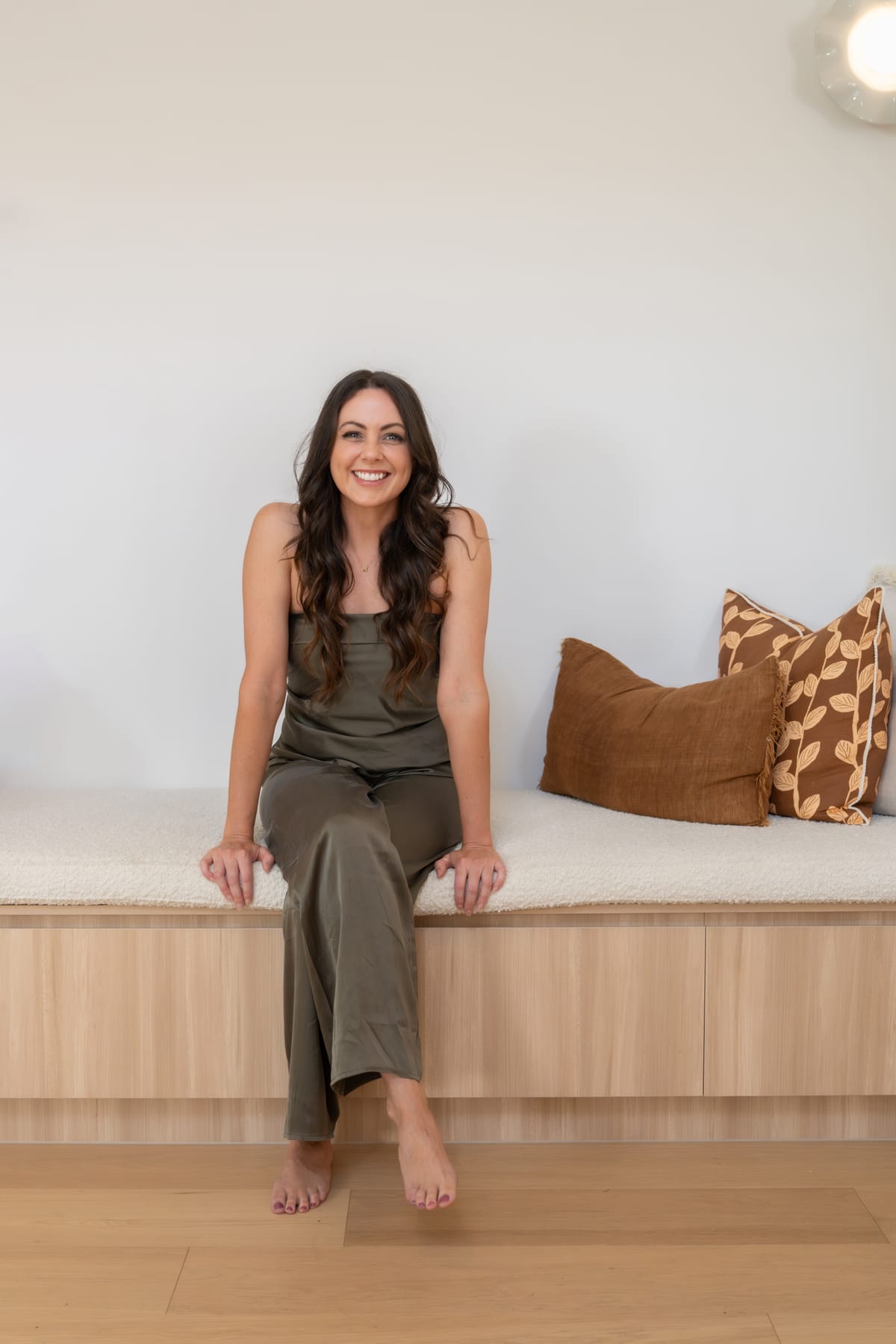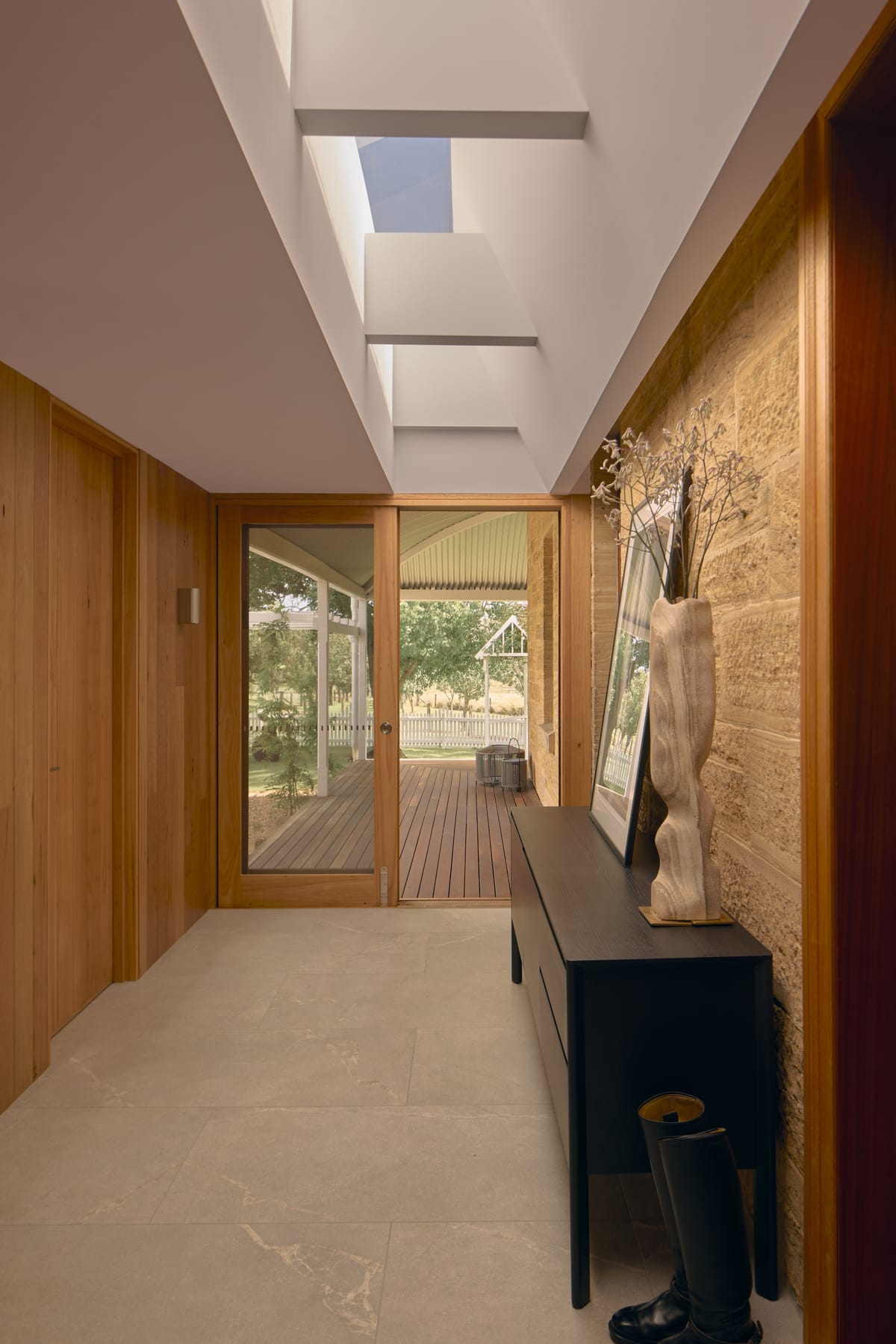Australia’s climate and landscapes demand design solutions that are both resilient and responsive, sustainability can no longer be treated as a box-ticking exercise. Across the country, architects and designers are embracing sustainability as a guiding principle, adopting renewable materials, energy-efficient technologies, and design strategies that harness natural light and airflow. The result is architecture and design that reduces environmental impact, fosters healthier ways of living, and delivers long-lasting value for communities and the economy alike.
Cake House by Alexander Symes Architect is a benchmark for Australian sustainable design, transforming a humble coastal shack into a resilient, high-performance home. Incorporating principles of passive house design, such as superior insulation, high-performance glazing, low air infiltration, and heat recovery ventilation, the renovation minimises energy use while maximising comfort. Its mixed-mode operation allows the home to adapt to seasonal conditions, while the robust design shields it from the harsh realities of a changing coastal climate. The result is a dwelling that not only reduces its ecological footprint but also demonstrates how sustainable architecture can be seamlessly woven into Australia’s diverse coastal landscapes.
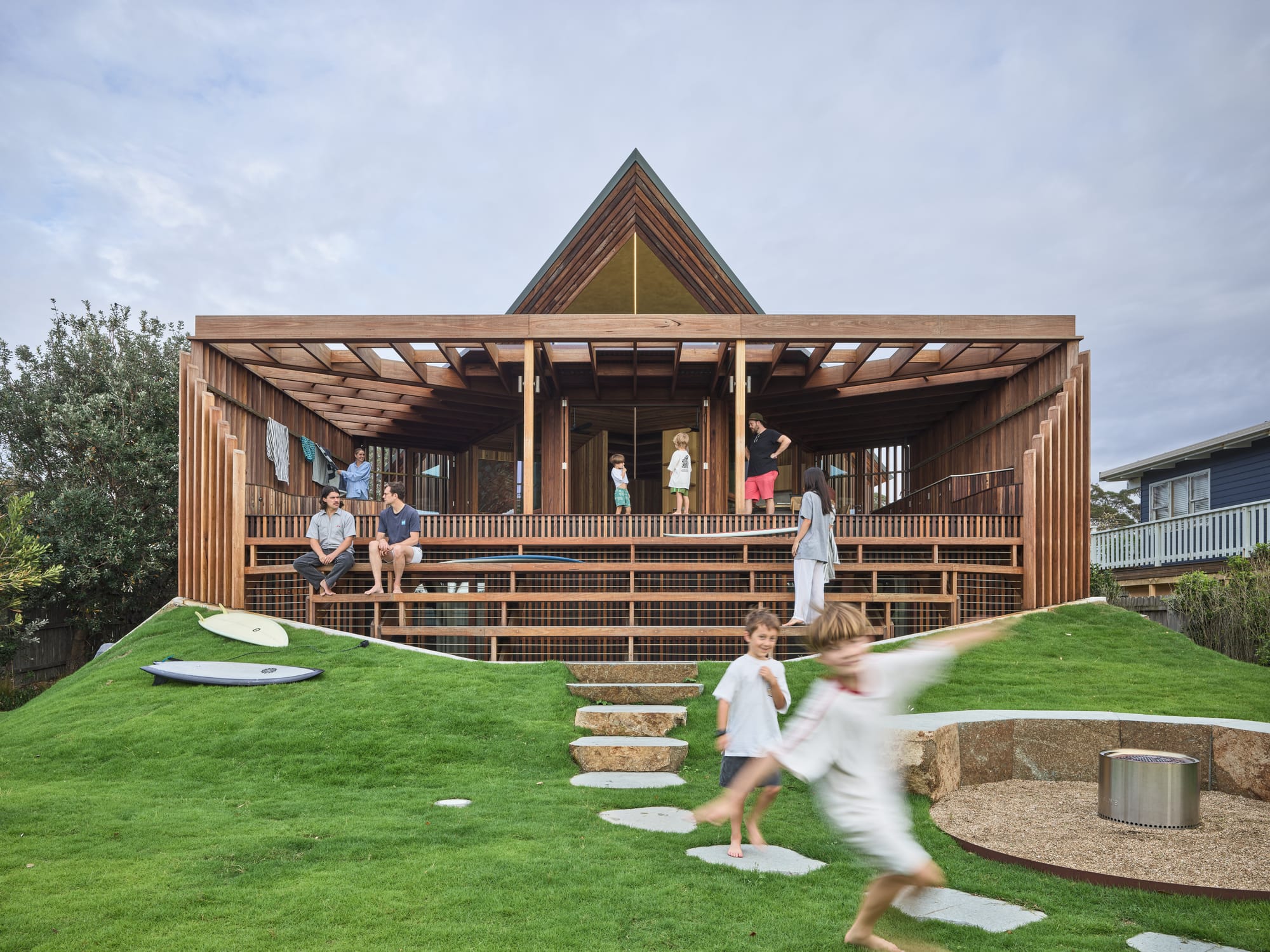
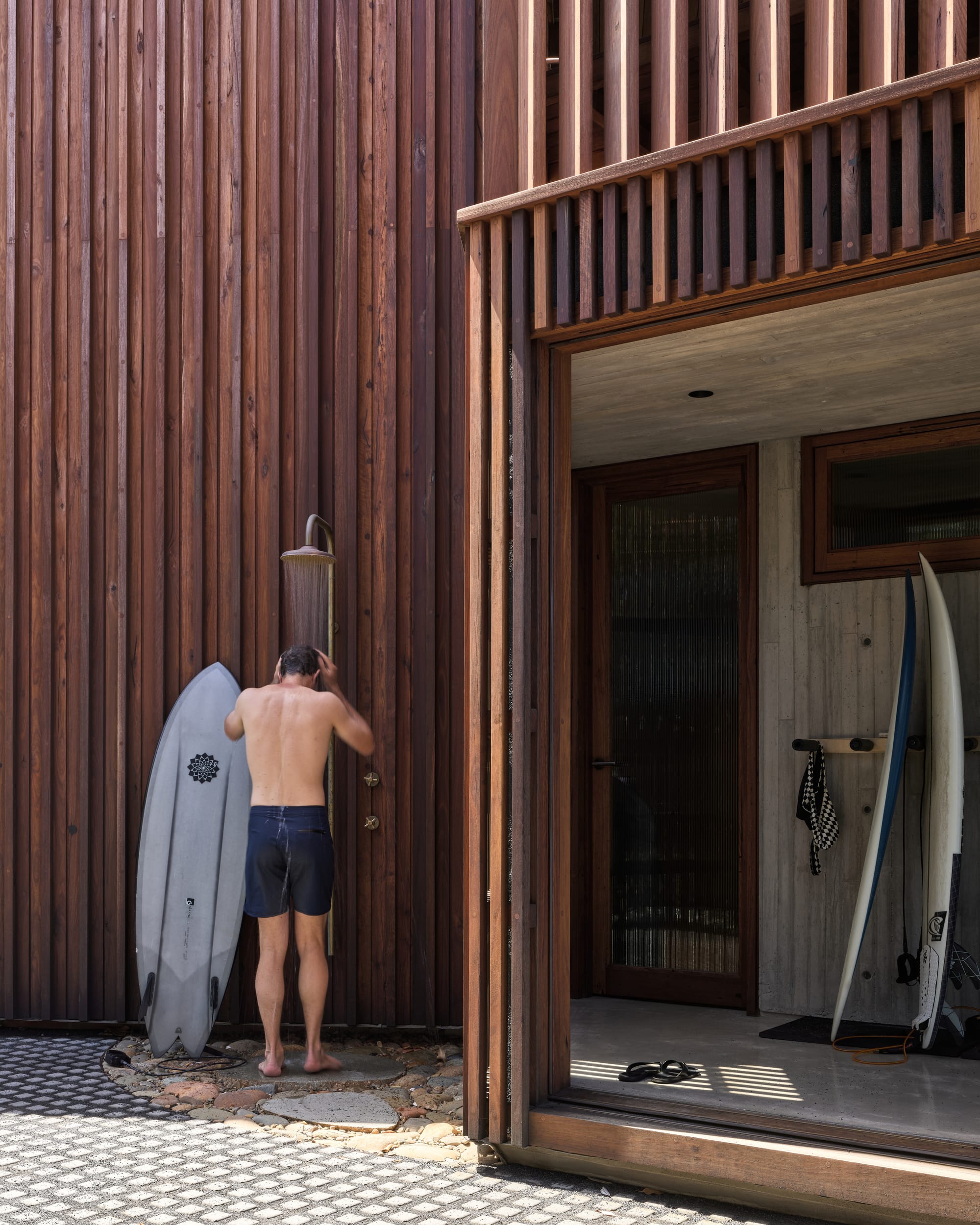
The CO-architecture platform is home to a diverse collection of sustainable projects that reflect the innovation and responsibility of Australia’s leading architects and designers. From energy-efficient family homes that harness passive solar design, to modular builds that minimise waste and speed up construction, the range is as inspiring as it is practical. Projects embrace eco-friendly materials, water-sensitive landscaping, and renewable technologies, showing how sustainability can be seamlessly integrated into both residential and commercial design. Some great examples include Hemp Home by Samuel Architecture, Coastal Court by Bower Architecture & Interiors and Three Points House by BIJL Architecture.
As sustainability moves to the forefront of architecture, prefab and modular construction are emerging as vital solutions for a more responsible built environment. Prefabrication reduces material waste, shortens build times, and minimises on-site disruption, making it a smarter, lower-impact alternative to traditional methods. Today’s modular homes go far beyond temporary or budget builds; they combine design integrity, energy efficiency, and adaptability to suit diverse Australian lifestyles. From compact secondary dwellings to striking architectural family homes, prefab offers a path to housing that is both innovative and environmentally conscious, without compromising on quality or style. Blok Three Sisters by Blok Modular showcases how prefabricated design can deliver real and lasting sustainability benefits.
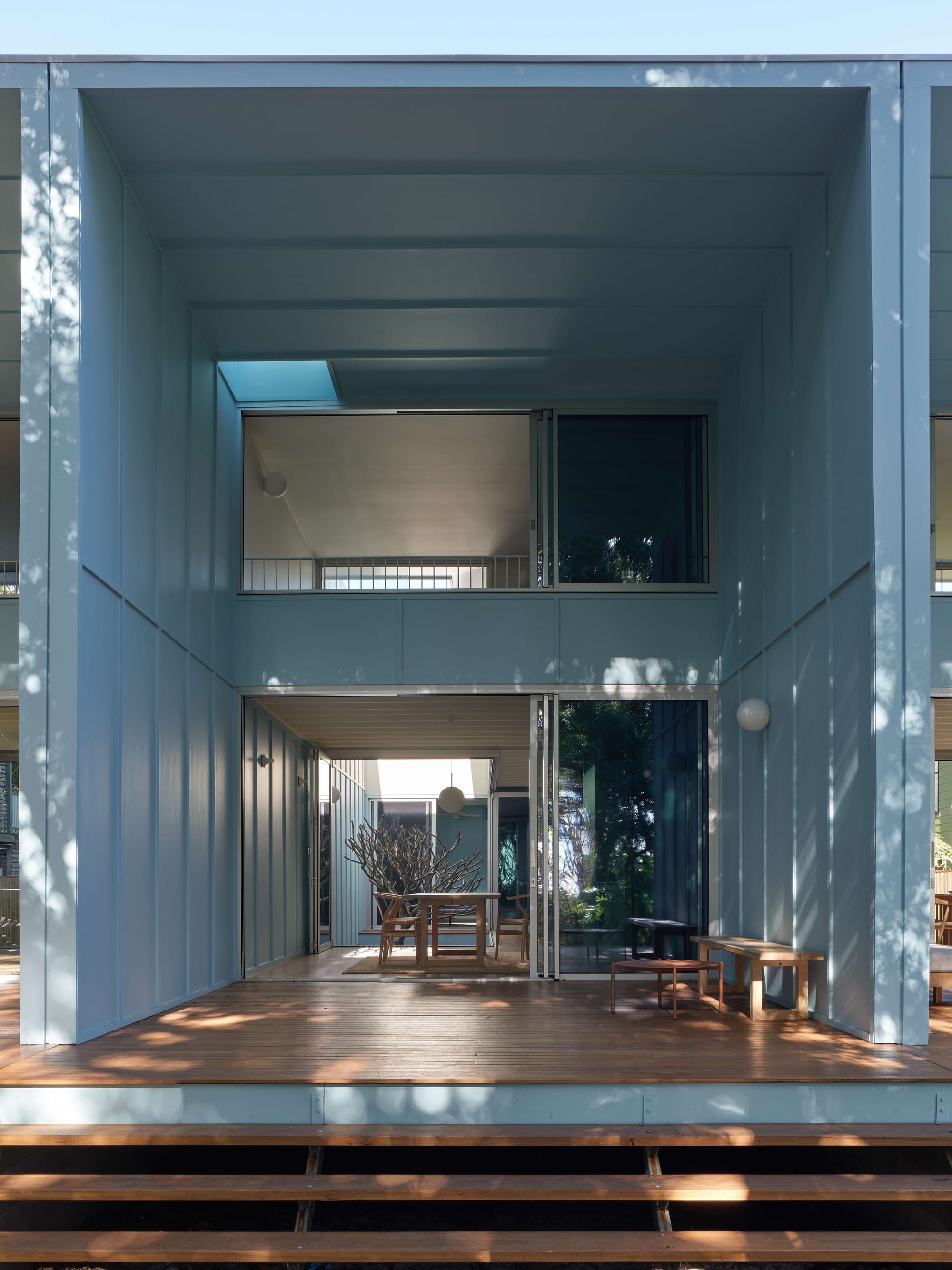
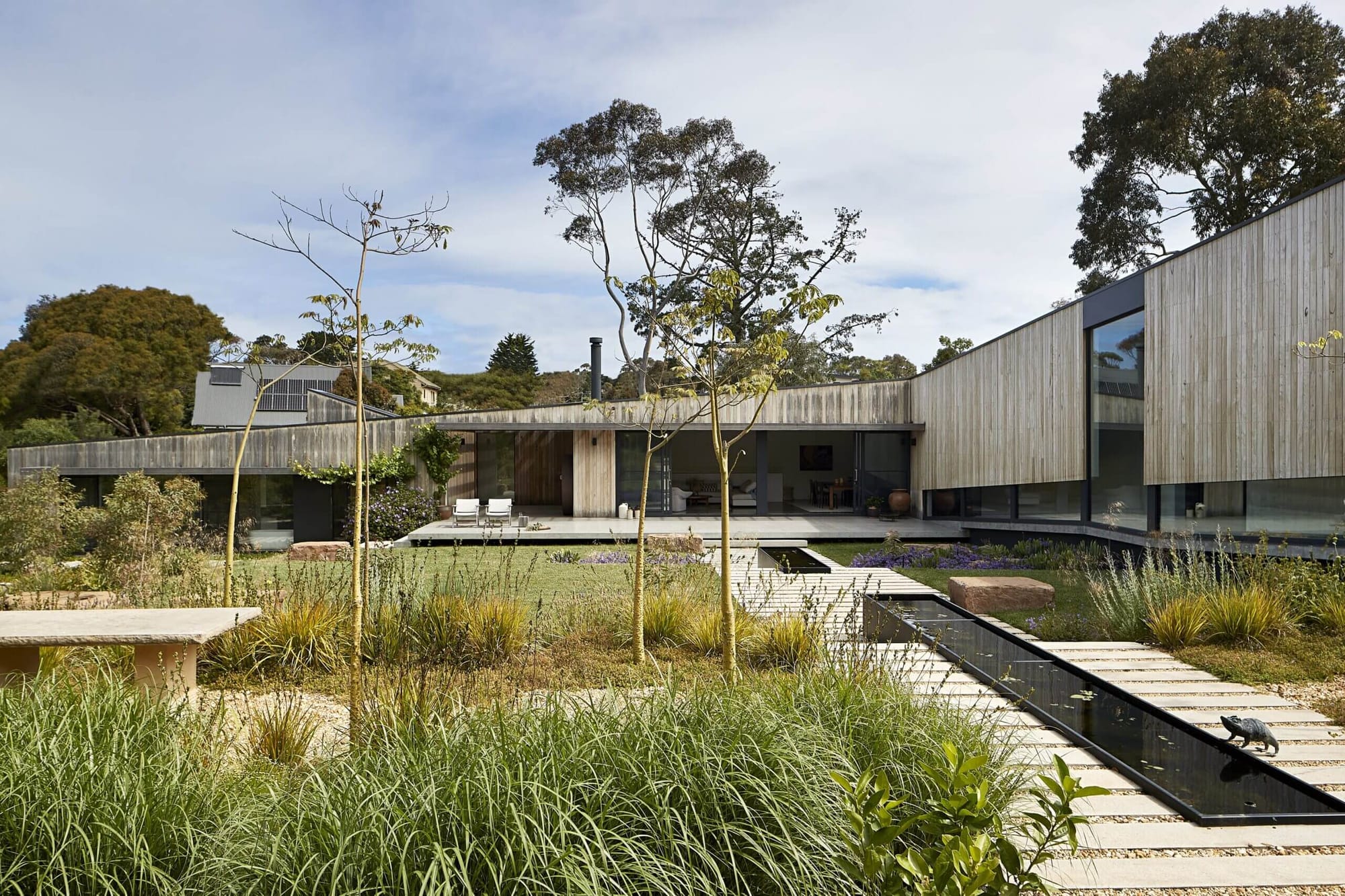
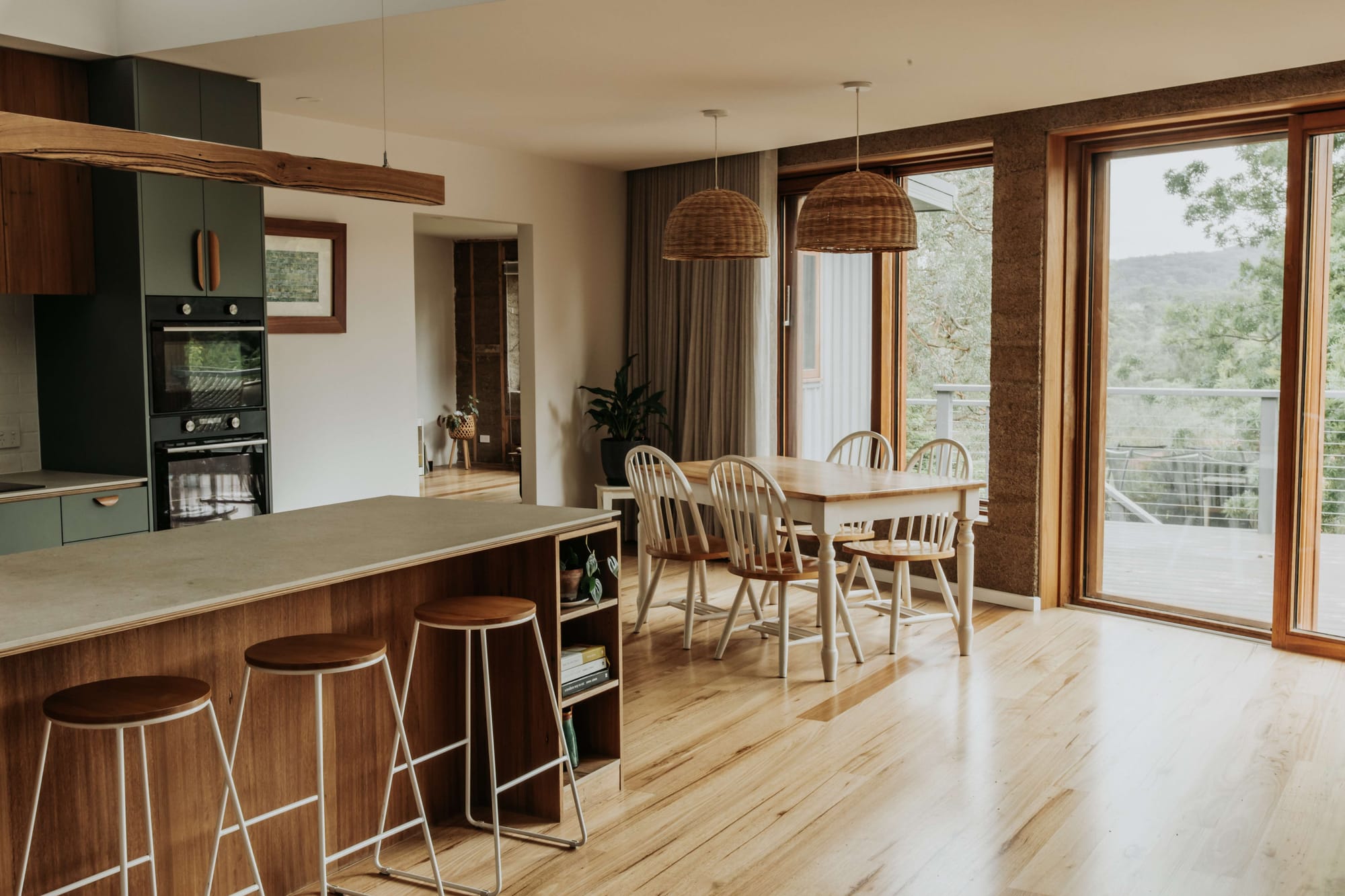
Otetto stands as a powerful example of how Australian designers are pushing the boundaries of sustainable living. More than just meeting demand for climate-conscious housing, Otetto pioneers regenerative solutions that prioritise both people and the planet. Founders Amanda Marsh, Harrison Marsh, and Chris Ball combine expertise in high-end residential design and construction to deliver homes that are not only liveable and beautiful but also forward-thinking in their environmental responsibility. By blending innovation with craftsmanship, Otetto shows how design can actively shape a more sustainable future for Australia’s built environment.
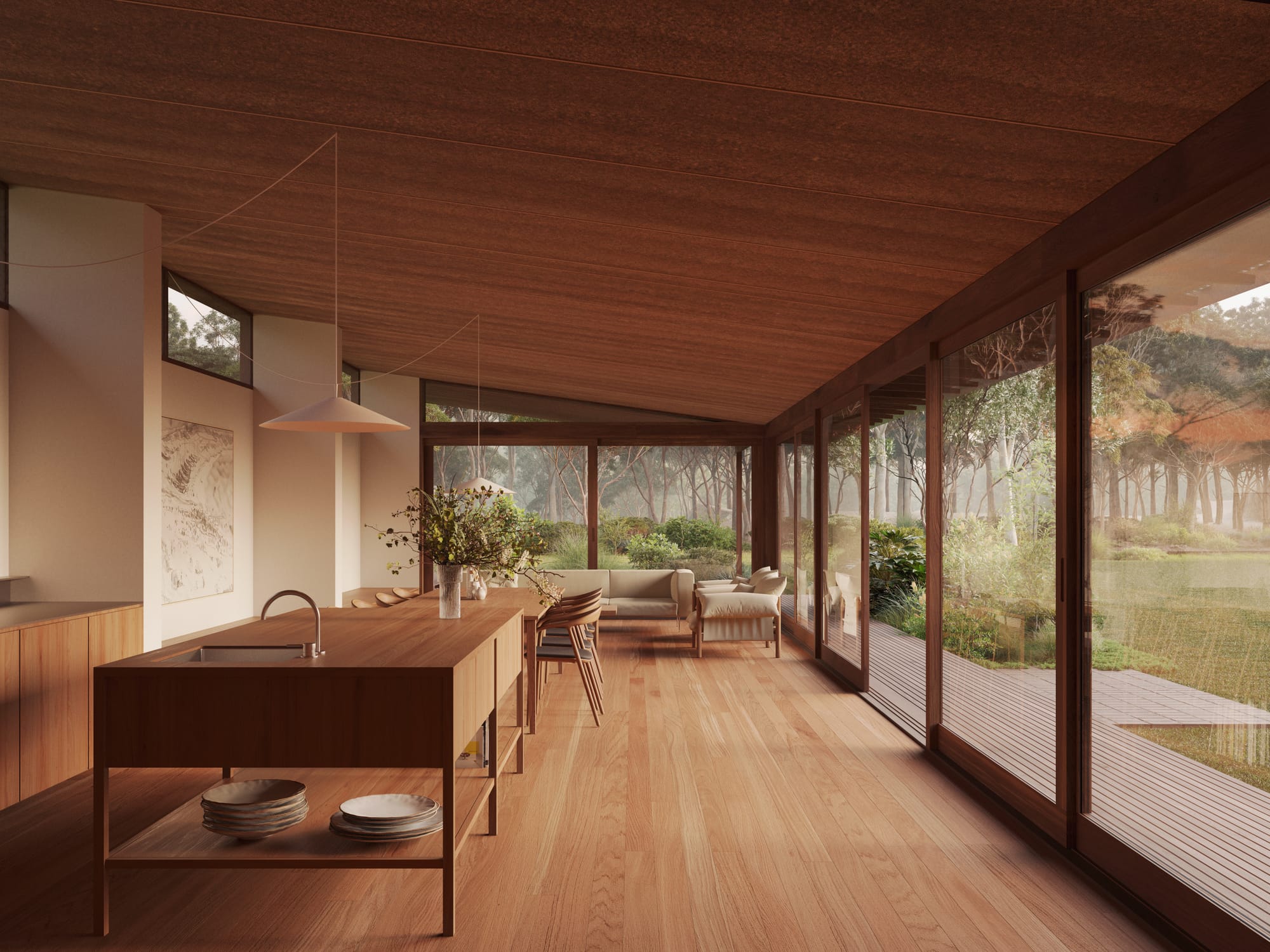

Australian product designers are increasingly placing sustainability at the heart of their work, shaping collections that balance longevity, material integrity, and refined design. South Drawn exemplifies this approach, creating lighting with purpose, crafted to endure in both form and feeling. Known for their sculptural, material-led practice, the studio explores how sustainability and longevity can coexist through honest materials, thoughtful design, and local assembly.
Their latest release, the Husk Collection, reflects this commitment: a modular family of lights crafted in their Melbourne workshop, where sustainable principles are not an afterthought but embedded in every detail. By combining craftsmanship with conscious design, South Drawn demonstrates how Australian designers are setting new standards for sustainable products that elevate both living spaces and the environment.
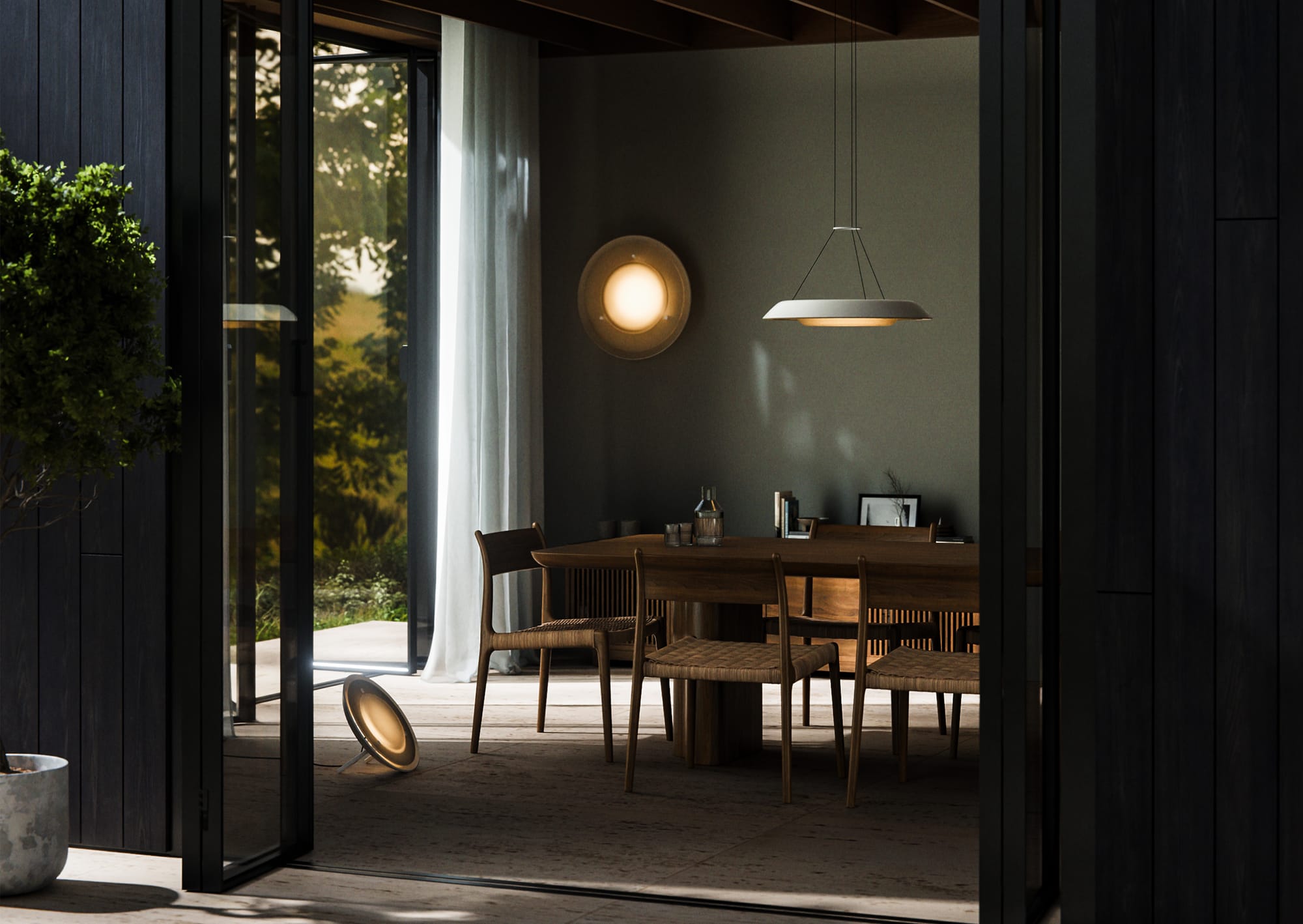
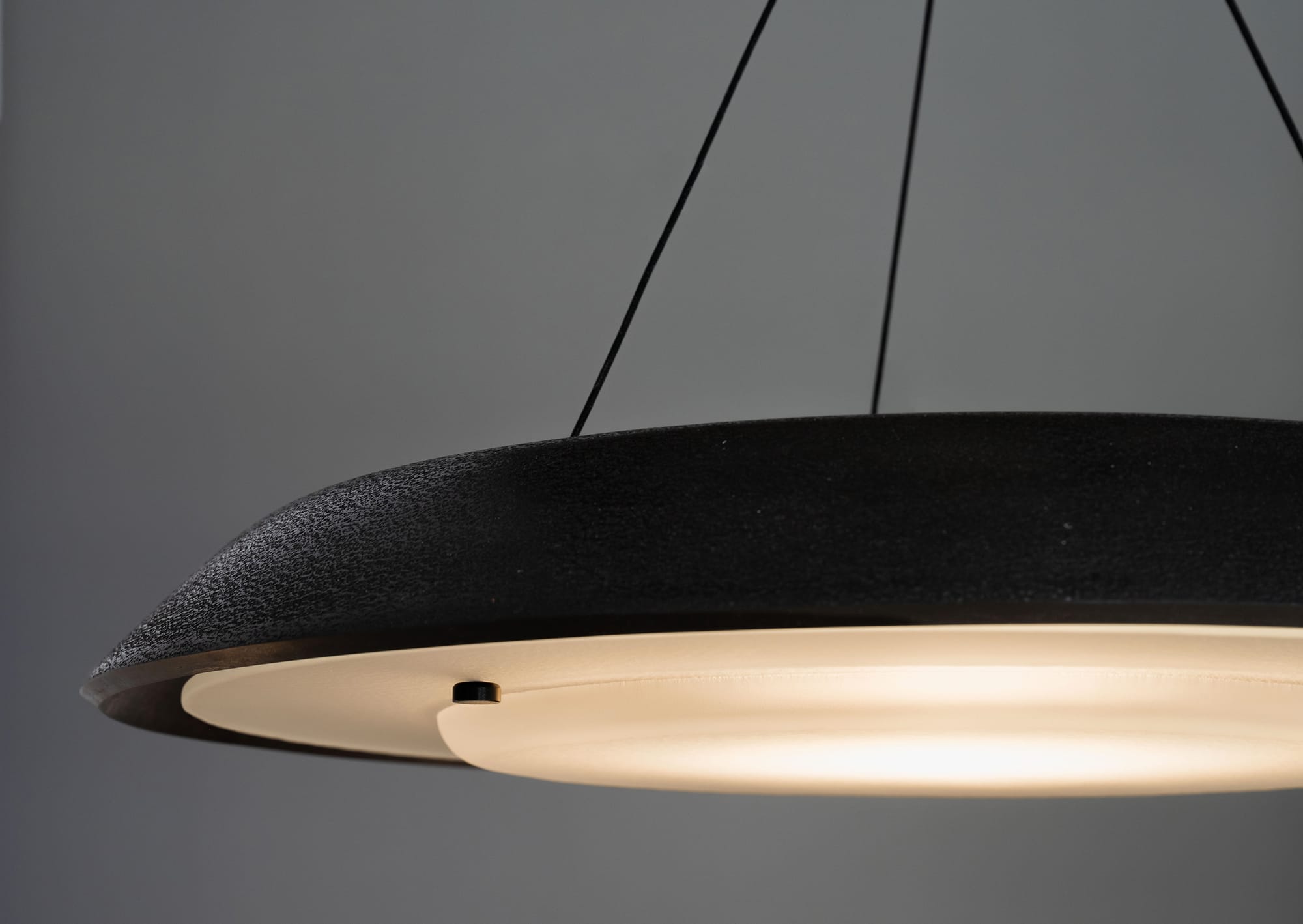
This article is part of CO-architecture's Sustainability Month where we champion the Architects, Designers and Brands helping to shape Australia in this space. View all of the Sustainability articles here.







